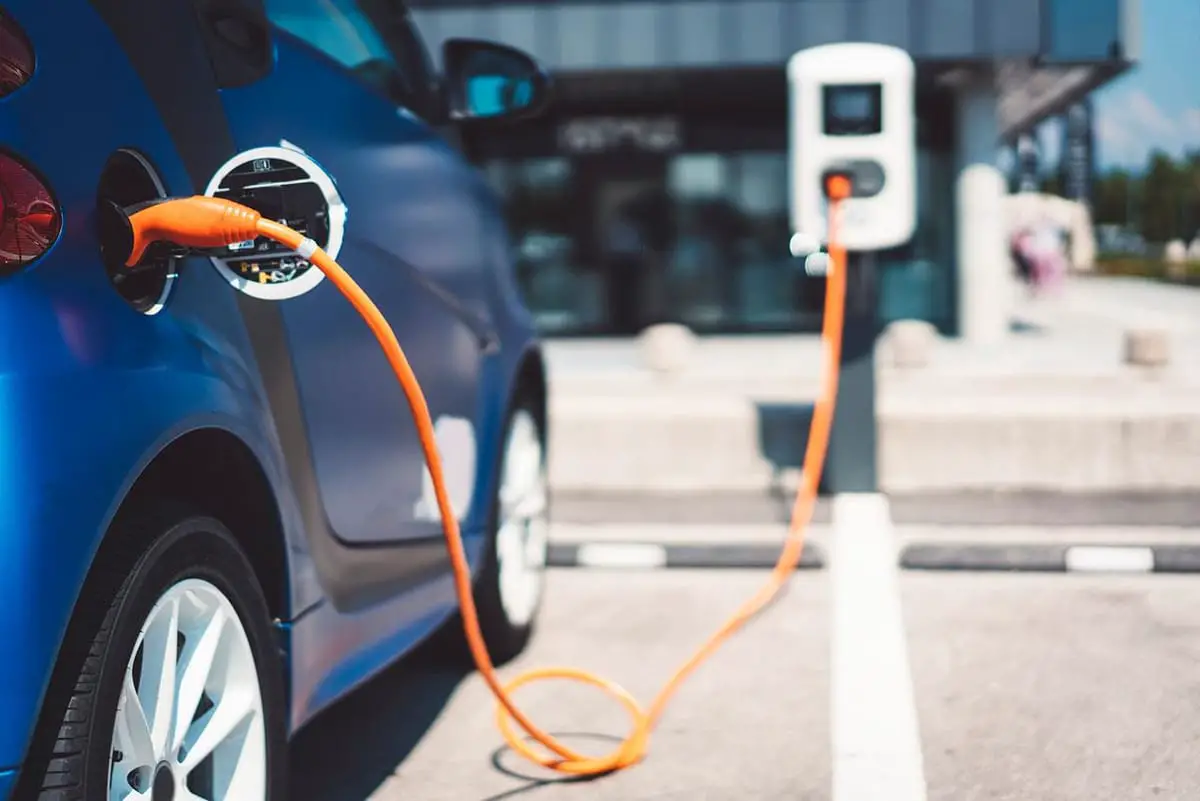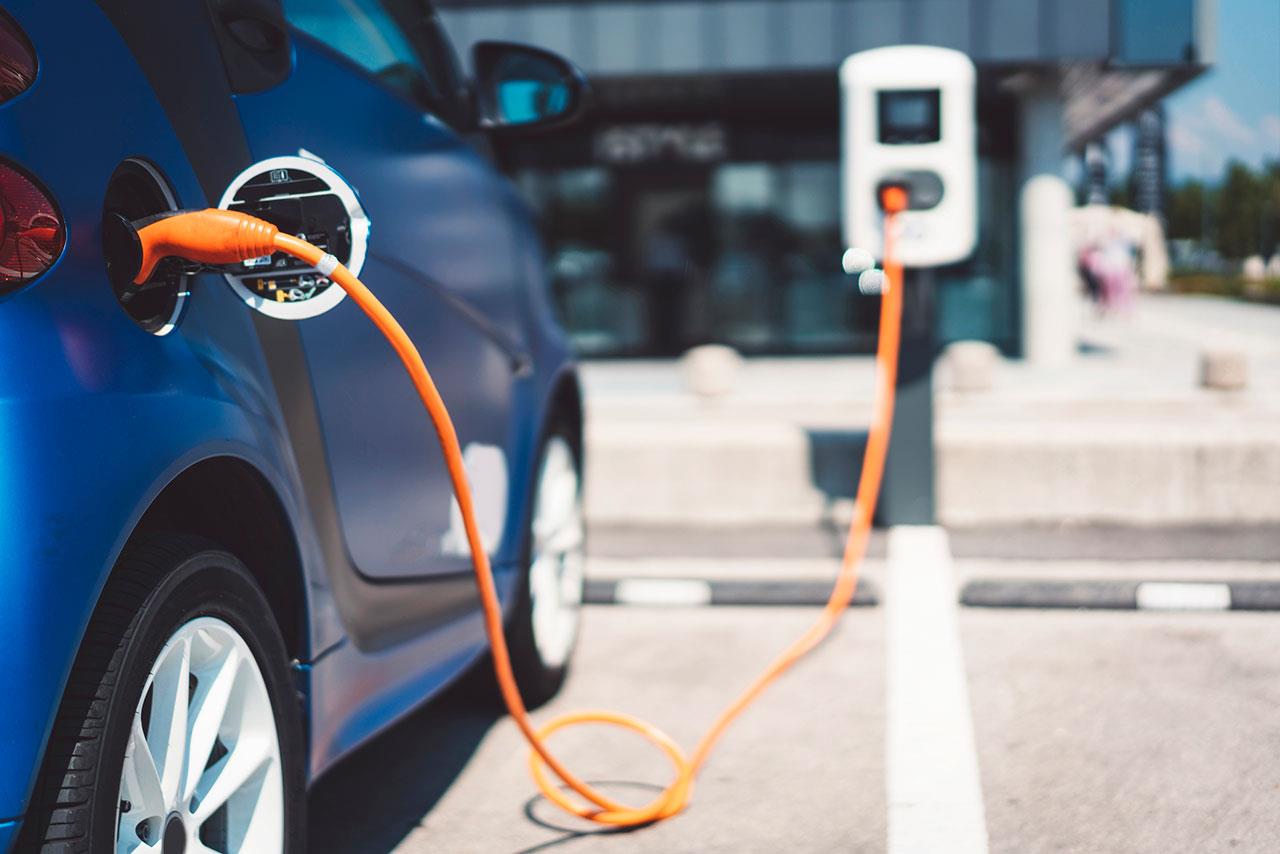How to solve the challenge of insufficient standardization of EV charging infrastructure.
The growth of Electric vehicles is important in Africa and therefore a need for standardization of the electric vehicle charging stations. The EV charging stations may be compatible with their type of voltage


The growth of Electric vehicles is important in Africa and therefore a need for standardization of the electric vehicle charging stations. The EV charging stations may be compatible with their type of voltage, for example, AC charging stations provide a voltage of 120V AC through level 1 charging stations and 208/240V AC through level 2 charging stations. On the other hand, DC charging stations provide fast charging through 480V AC.
The governments need to have standardized charging infrastructure for favorable ecosystems and an increased sales of electric vehicles. Different countries use different standards for fast charging. Japan uses CHAdeMO; Europe, the US, and Korea use CCS; and China uses GB/T. The Indian government had mandated the installation of both, CHAdeMO and CCS methods since India has not reached standardization in fast charging methods. Though this mandate increased the installation cost of charging stations and hence in July 2019, the government changed the guidelines and allowed charging station developers to choose the method they prefer.
Tesla uses high-performance superchargers that are unique only to Tesla and no other EV can use it. The lack of standardization across countries may impact the installation of charging stations and hamper the growth of the Electric Vehicle Charging Station market.
According to a report in Livemint, the Bureau of Indian Standards (BIS), in collaboration with the Department of Science and Technology (DST), is working on an indigenous charging standard that will bring down the cost of deploying EV charging stations in the country. These standards will cater to the three types of EVs, light, medium, and heavy.
The Centre has adopted both the CHAdeMO and Combined Charging System (CCS) fast-charging technologies in different countries. The government is pushing to use these technologies at all public EV charging stations. These charging technologies are expensive, and it is not financially feasible to use the high-capacity fast charging CHAdeMO and CCS technologies.
To bring about standardization in the EV charging domain, the Centre has roped in Energy Efficiency Services Limited (EESL), a joint venture of PSUs under the Ministry of Power, as the official aggregator to procure the charging infrastructure and chargers for setting up the stations. The costs of electric vehicles are no longer the major problem but charging is, therefore, local regulatory issues electric grid have to up their game to tackle the growing demand. For peaceful cohesion from ICE to EV governments from all over the continent need to come with a way to solve this issue.
While automakers and others are working toward interoperability, it is unclear whether those efforts will result in a unified network that works for all EV vehicles.
If over time automakers keep building their charging networks for their vehicles, the chargers are] probably going to remain different. Therefore if regulation is introduced or if they start becoming more profitable and people start investing in them as a sort of independent revenue-generating opportunity, then that will attract as many vehicles as possible, which is going to lead to one single standard
The push for more charging infrastructure comes as car companies are ramping up their efforts to produce EVs. General Motors Co. and Ford Motor Co. have both announced plans to launch all-electric vehicles as Tesla Inc. continues to dominate the U.S. market. Automakers sold 329,528 EVs in the U.S. in 2019, compared with 361,307 in 2018, according to InsideEvs.
Access to charging will become more important as more consumers switch to EVs. KPMG predicts that total U.S. EV sales in 2030 will be 1.1 million to 1.8 million, or about 7% to 12% of the market for personal-use vehicles, while Bloomberg NEF expects 57% of passenger vehicle sales to be electric by 2040.
However, to have standard charging stations there must be a collaboration between automakers, utilities, government, EV organizations, businesses, and charging companies to all play a part in increasing EV charging stations, and EV consumer adoption.
State of EV adoption in Africa
For Africa to have a standard infrastructure there is a need for leaders and stakeholders to meet and discuss the electric vehicles agenda in the sub-Sahara. To fully transition to EV, the African governments need to think of ways of banning the importation of second-hand ICEs because most western countries are phasing out their internal combustion vehicles and dumping them in Africa. They should ensure the second-hand electric vehicles have a long lifespan. And some more concerns of if they can dispose safely of the lithium-ion batteries because if they are not disposed of properly they pollute the environment. Are there regulations in place to ensure the ethical mining of raw materials used in the production of electric vehicles?
Africa is the largest market for second-hand vehicles in the world. The United Nations Environment Program asserts that poor countries are being used as dumping grounds for used cars of low quality. But so far, only South Africa, Egypt, and Sudan have banned used car imports.
The African continent has the richest renewable energy resources on the planet. Temperatures in the region are rarely below zero degrees and people travel an average distance of less than 80km daily with an average speed of 60 km/h, making EV solutions technically and economically the perfect fit. Africa also has one of the youngest technique-affine populations which could not only facilitate a fast shift to electric mobility but more importantly, provide a workforce to develop own vehicle production capacities. Moreover, EVs have also gained attention as a strategy to decrease petroleum dependency and boost energy security in the context of increasing transport demand, which could be highly profitable for African countries’ balance of trade and foreign exchange.
Several Sub-Saharan African countries have already made significant steps in improving their overall vehicle fuel economy, enforcing vehicle standards and regulations such as the Climate Change Act in Kenya, or promoting non-motorized urban transport in Kigali, Rwanda. However, these efforts need to be significantly scaled up to stave off the growing burden of fuel dependency and discover an electricity storage solution to leverage Africa’s abundant renewable energy resources.
Source:
i) Charlsy .P (2020) Demand, lack of standards challenge US efforts at nationwide EV charging network.
ii) Siemens (2021) E-Mobility Solutions for Rural Sub-Saharan Africa: Leveraging Economic, Social and Environmental Change.




